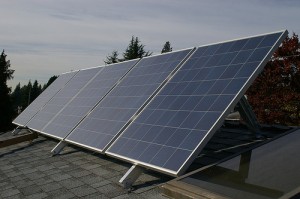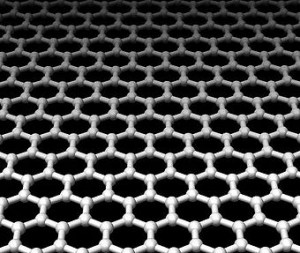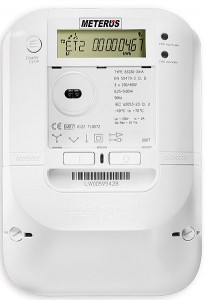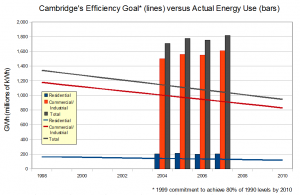 The city of Berkeley, California has raced ahead in deploying solar capacity through an innovative approach that finances solar arrays for any home or business by including a surcharge to the owner’s property tax bill for 20 years to recoup the cost. If the home or business is sold, the assessment rolls over to the new owner. This innovative solution to the challenge of financing the high upfront costs of renewable energy projects has resulted in 626 solar installations; generating 2.9 MW or reducing CO2 emissions by 2,300 tons/yr.
The city of Berkeley, California has raced ahead in deploying solar capacity through an innovative approach that finances solar arrays for any home or business by including a surcharge to the owner’s property tax bill for 20 years to recoup the cost. If the home or business is sold, the assessment rolls over to the new owner. This innovative solution to the challenge of financing the high upfront costs of renewable energy projects has resulted in 626 solar installations; generating 2.9 MW or reducing CO2 emissions by 2,300 tons/yr.
The city of Cambridge is also deeply committed to reducing its carbon emissions and has set a goal to reduce its emissions by 20% below 1990 levels by 2010 and obtain 20% of its municipal electricity load from renewable sources by 2010. Cambridge now has 33 solar PV systems installed, generating 267.171 kilowatts of clean, renewable energy generating capacity.
The potential for additional pv projects in Massachusetts looks sunny, with the passage of Global Warmning and Energy Bills that might also generate the type of demand experienced in Berkeley, California. At a recent Net Metering workshop presented by Larry Chretien, CEO of the Mass Energy Consumers Alliance, he shared how the Green Communties Act will open the way for Neighborhood Net metering projects that potentially will allow consumers to buy into their own renewable energy cooperateives. To learn more, you can access the Net Metering Power Point Presentation at http://www.massenergy.com/News.PR.html.
But if you are not ready yet or do not have the financing for investing in PV’s, you can support renewable energy now for a small monthly fee ($5- $12+/ month on average) by making a donation to the New England Wind Fund or signing up to NSTAR Green’s renewable energy program.



 MIT has
MIT has  The debate on the value (and costs) of wide spread deployment and installation of ‘
The debate on the value (and costs) of wide spread deployment and installation of ‘ Cambridge Forum is one of public radio’s longest running public affairs programs. The program is recorded live every week in Harvard Square, before being broadcast on WGBH.
Cambridge Forum is one of public radio’s longest running public affairs programs. The program is recorded live every week in Harvard Square, before being broadcast on WGBH.

 The oft overlooked local treasure,
The oft overlooked local treasure, 